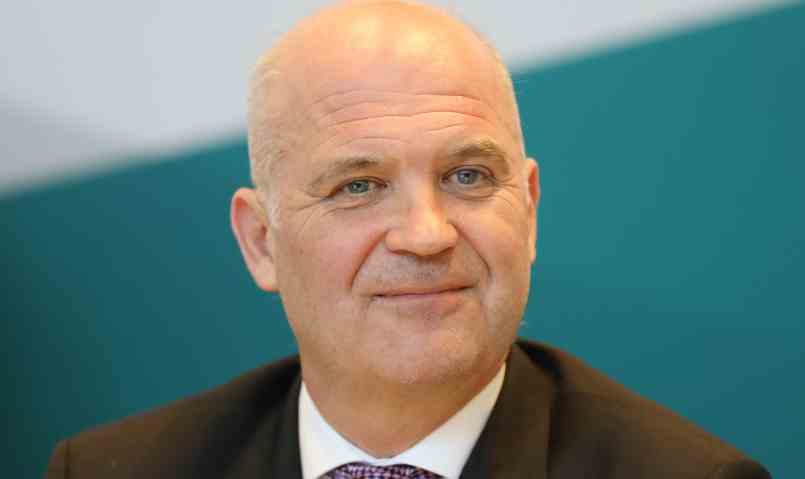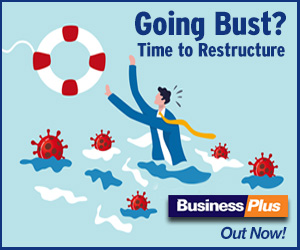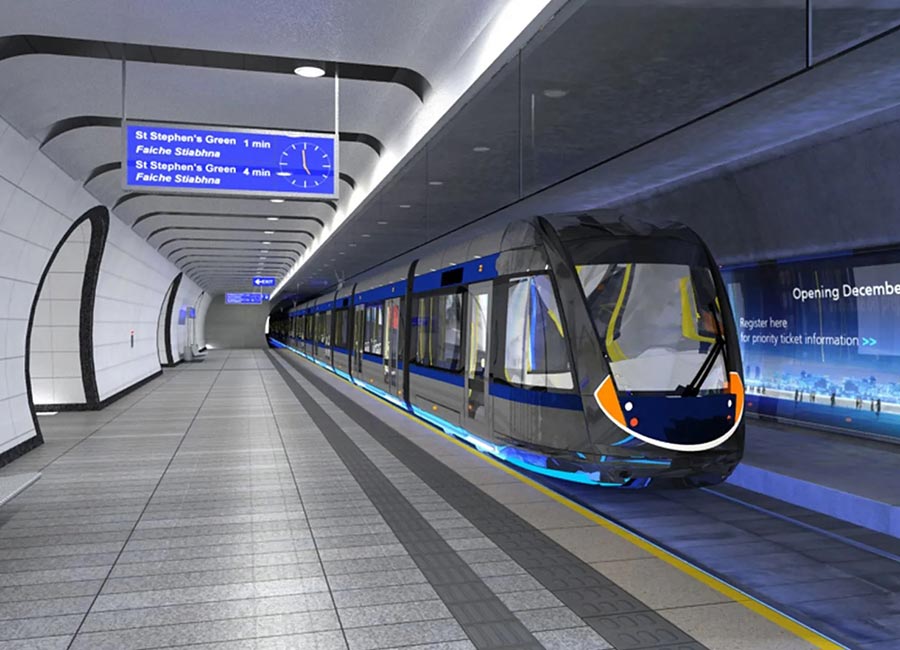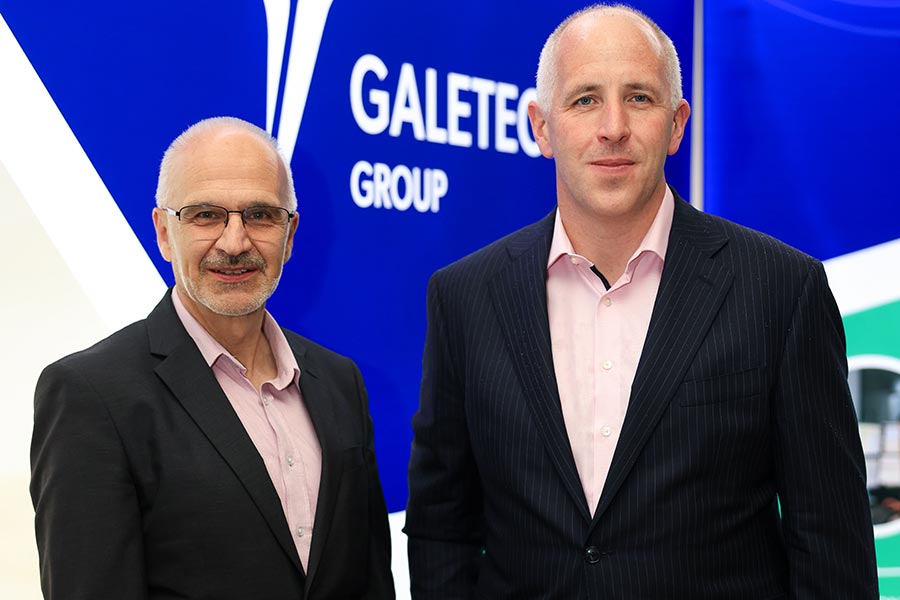The Central Statistics Office has issued figures showing that when Covid-19 claimants are classed as unemployed, the jobless rate in Ireland was 26.1% at end May 2020, according to its estimates.
Excluding Covid-19 Pandemic Unemployment Payment claimants, the seasonally-adjusted unemployment rate rose to 5.6% in May. In April, the CSO said the ‘real’ jobless rate was 28.2%.
Counting in 543,000 PUP recipients, 769,000 people were unemployed in Ireland at the end of May 2020.
The Live Register for May was 226,000, which is 43,000 higher than in February. This means that 586,000 people are currently out of work as direct result of the NPHET/government business lockdown strictures. All of them are from the private sector.
In addition, the CSO counted 436,000 individuals whose salaries and wages are being subsidised by the government subsidy scheme.
Grant Thornton chief economist Andrew Webb commented that the scale of the impact on the labour market from Covid-19 is truly difficult to comprehend.
“An unemployment rate of just over 5% mere weeks ago could now be considered as being higher than 26% if all claimants of the Pandemic Unemployment Payment were classified as unemployed," said Webb. T"he great fear over the coming weeks, as we hopefully move through the various stages of lifting lockdown, is how many of these ‘temporarily unemployed’ people have a job to return to.
“There is a growing sense that we are heading for a deep and damaging downturn, with a longer climb back to economic strength than originally hoped. Much will depend on how the economy adapts to social distancing and how consumers feel about re-engaging in expenditure – two considerable unknowns at this point.”
Indeed economist Jack Kennedy added: “What will be crucial now is the impact on the unemployment rate as the economy begins to reopen. With small retailers and some other workplaces due to reopen next week, this new phase will test how successfully businesses can adapt to this new way of working while still turning a profit. Most people are hopeful that they will go back to their previous jobs, but this depends on how quickly businesses ramp up to full capacity.
“As the economy sputters to a start, it will be vital to ensure the infrastructure needed to support workers is also in place. Adequate public transport and childcare facilities for those returning to work will be some of the biggest challenges to maintain with social distancing.
“The danger remains for industries that may stay shut for some time, such as hospitality and tourism. It will be a challenge to ensure that many of those employed in these areas do not fall into long term unemployment."
Photo: Tony Holohan, Chief Medical Officer. (Pic: RollingNews.ie)










